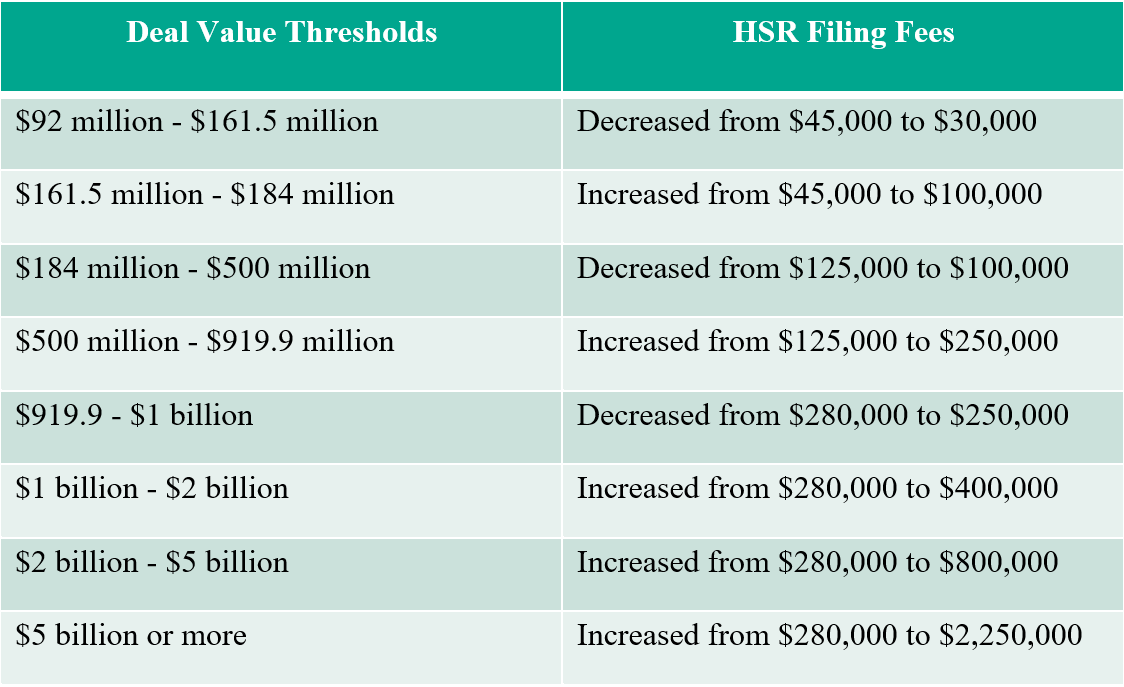In the United States, antitrust agencies have now filled senior leadership positions, although the Federal Trade Commission (FTC) awaits the appointment of a fifth commissioner. Challenges to mergers continue apace at both the FTC and the Department of Justice (DOJ). The agencies challenged two mergers in the fourth quarter and a third transaction was abandoned. Additionally, nine consent orders were approved. The FTC is also including prior approval provisions in consent orders across industries, requiring parties seeking to settle merger disputes to agree to provide the FTC with greater rights to reject potential future deals.
The European Commission (Commission) imposed interim measures for the first time in the context of the Commission’s determination that Illumina’s acquisition of GRAIL was premature. The Commission conditionally cleared, in Phase I, Veolia’s acquisition of Suez—a transaction involving two French incumbents in the water and waste sectors—following comprehensive commitments. IAG withdrew from its proposed acquisition of Air Europa following the Commission’s decision not to approve the transaction absent further concessions.
In the United Kingdom, the Competition & Markets Authority (CMA) imposed a record fine of £50.5 million on Facebook for breaching an initial enforcement order related to its acquisition of Giphy, and ultimately required Facebook to sell Giphy. The CMA also updated its merger guidance in parallel with the entry into force of the UK National Security and Investment Act, published a new template for initial enforcement orders and updated its guidance on interim measures.
read more

 Subscribe
Subscribe

